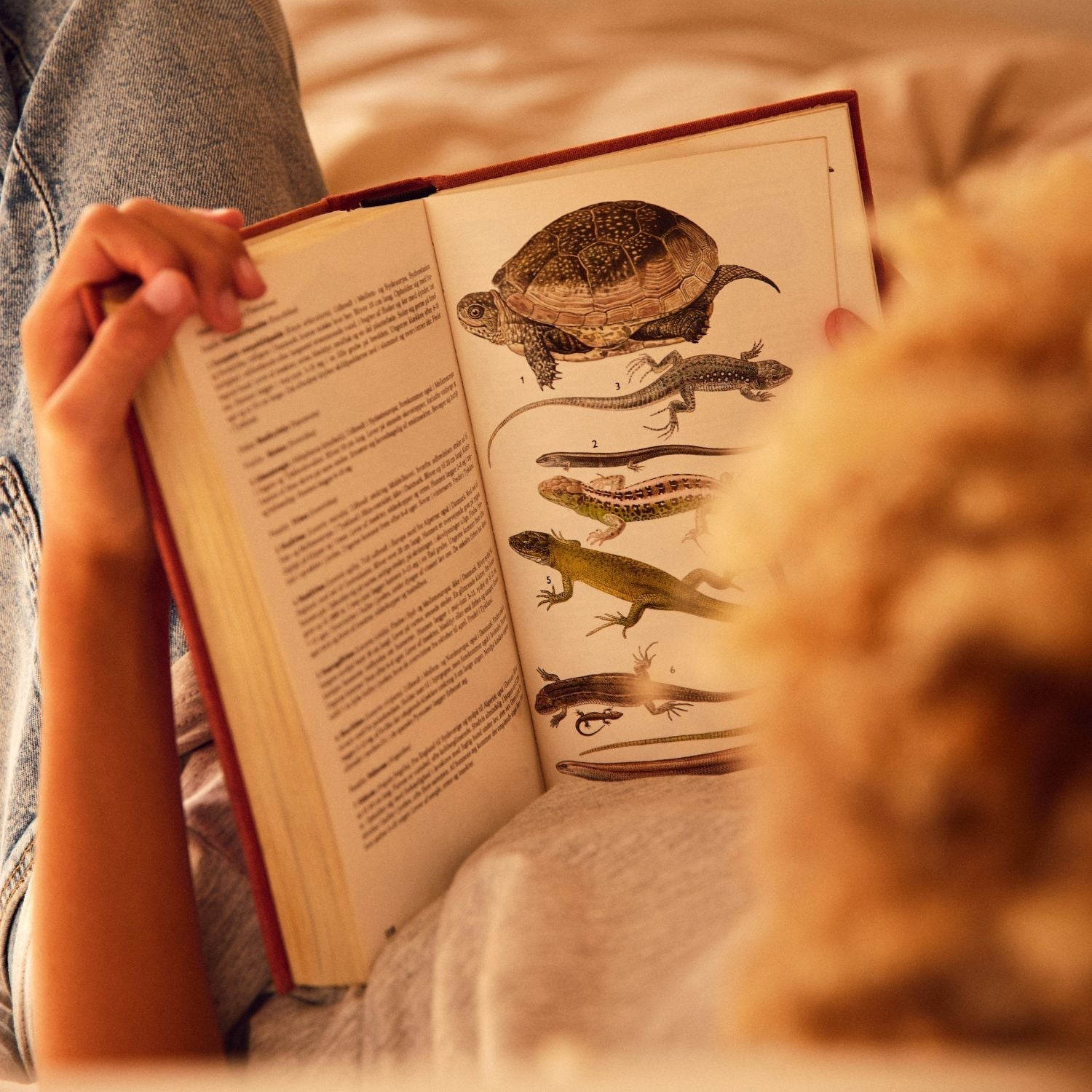Many families have busy schedules that make it really hard to prioritise exercise, even though it’s great for your child’s health, mood, and ability to focus and learn. Luckily, there are easy ways to get your child – and yourself – moving while spending some quality time together. And 15 minutes is all you need. Read the full article for some great inspiration.
Highlights:
- Encourage your child to be physically active every day – even just for a few minutes.
- Physical activity can improve your child’s health, mood, and ability to focus and learn.
- Even a few minutes of physical activity is enough to get your child’s body and brain going.
- The roll the dice exercise game is a great way to activate your child and yourself while playing.
Roll the Dice Exercise Game
Sensorimotor Consultant, Mette Drescher Jensen, explains why the roll the dice exercise game motivates your child to be physically active.
”The activity is an easy way to get a little more movement and sensory motor training into your everyday life. A few minutes of activity is enough to get your child’s body and brain going. Children usually love when there is a game element, and they get to roll the dice. You could get a big, fluffy dice to add some extra fun to the game or make your own. If you do the activities together, it will surely improve your mood too.”
So, the key is making it fun and giving the activities a playful purpose. Mette Drescher Jensen recommends the 6 activities below for the game. First, your child rolls the dice to decide which activity to do. All the activities are super simple and easy to fit into your daily routine, but they can make a big difference for your child’s mood, their motor skills, and their ability to focus and learn. So, have fun playing with your little one!
1. Spin the Chair
“Spinning around on a desk chair trains your child's vestibular sense, also known as the movement, gravity and balance sense. Spinning around increases brain alertness and concentration, but don’t spin too fast – it’s important that your child doesn’t get dizzy but has fun with it. This activity is so simple, but so good. It will make it easier for your child to focus right away, but also in the long run.”
2. Walk the Line
“Little feet are naturally attracted to the challenge of walking along a line, and it offers lots of developmental benefits. Line walking is a great activity as it involves many different muscles and joints, and it can help improve your child’s sense of balance, stability, foot-eye coordination, concentration, and focus. If your child finds it hard to line walk, show them how to hold out both arms like an aeroplane. If it’s too easy, try hopping or skipping along the line.”
3. Throw and Catch
“Tossing a ball is also an excellent activity that helps develop your child’s coordination skills. Coordination is important for optimal sensory integration – the ability to make sense of the millions of sensory inputs that your child meets every day. Ball tossing also helps your child understand distances, adjust muscle power, balance, stability, and concentration – and the best part, it is a lot of fun. You can make the activity easier by using a bigger ball or more difficult by varying the distance between you or standing on a cushion or a stool.”
4. Roll the Ball
"Have your child lay on top of a big therapy ball and then move you child slowly back and forward and from side to side. It’s important that your child is happy and comfortable. This activity also trains your child’s vestibular sense and can help increase your child’s balance, brain alertness and concentration. If you child suffers from car- or sea sickness, this activity can also make a big difference. Remember, when training the vestibular sense, more is not better – a few times back and forward on the ball is enough.”
5. Do Jumping Jacks
“Doing jumping jacks will surely put a smile on your child’s face while activating the entire body. It trains stability, balance, and coordination. Jumping jacks can be a difficult activity for some, so start by just jumping up and down. Then jump while moving your legs in and out. Next step is moving your arms up and down while jumping, and finally you can put it all together into one movement. This is a great exercise before doing homework as it activates both the body and the brain.”
6. Stand Like a Cat
“Have your child stand on both knees and hands while you gently push their body. Your child will automatically activate all their muscles and joints to keep stability and balance and not end up on the floor. Afterwards, it’s your turn to stand like a cat while your child pushes you. You can make the activity more difficult by lifting your knees from the floor.”

